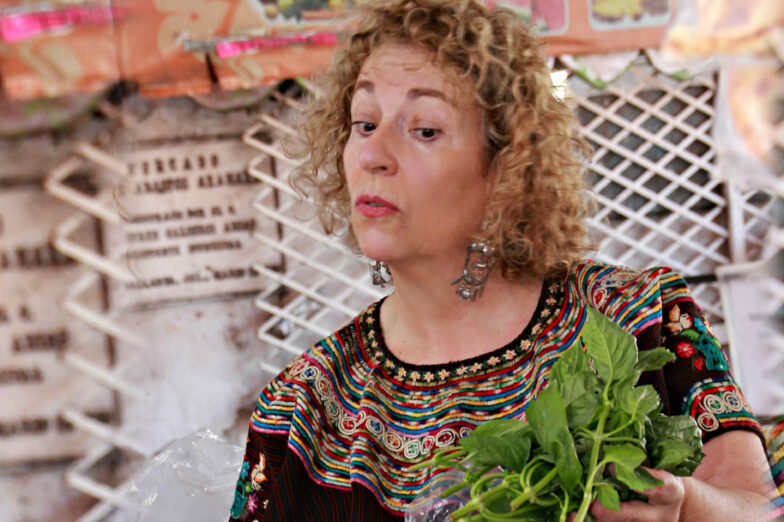Applying ultradian rhythm in our lives is an important step to trauma recovery. When we experience complex trauma or PTSD our rhythms are in distress and one of our self-care methods is to rest, and breathe ourselves back into balance. But what is ultradian rhythm?
The ultradian rhythm is a natural rhythmic healing response of the mind/body. This is the 90-to-120-minute cycle of rest and activity of the hemispheres of the brain that occurs within the larger 24-hour circadian rhythm. This rhythm corresponds to the shifts that occur every 90-120 minutes in natural brain hemispheric dominance, and these shifts interact with changes in nasal dominance. During a 90-minute (ultradian) cycle, one hemisphere of the brain is more active and the opposite nostril is more “open” (less congested) than the other.
Werntz (1981) demonstrated that the “open” nostril correlated to the opposite side of the brain during its dominance phase and thus were “windows” that revealed the phase of rest/activity, also known as the parasympathetic/sympathetic oscillations of the brain hemispheres (Rossi, 1986) at any point in time.
This observation provided an important physiological link to the ancient science of yoga pranayama, which is based on nostril-specific breathing methods to alter consciousness, mediated in part via the activation of either the right or left hemisphere. This discovery also provides insight into the healing mechanisms of trance, hypnosis, and meditative states. The word pranayama comes from the root word prana, which refers to life force. More than just oxygen, it is considered the force of Spirit: the breath of the gods and goddesses.
According to yoga scholars from the 2nd century BCE “If you control the breath, you control the mind.” Gaining control of the breath via specific exercises is central to regulating the autonomic nervous system. Pranayama and other breathing exercises provide a foundation for self-care and restoration of ultradian rhythm.
Apparently, Anaximenes, the 6th century BCE Greek philosopher, held a similar view, suggesting: As our souls being air hold us together, so breath and air embrace the entire universe. In Spanish, the words espiritu and respirar mean spirit and to breathe, respectively, and are linked to “inspiration.” The Hebrew mystics call it ruach, the Chinese call it chi, and the Greeks call it pneuma (pneumon meaning lungs). Prana is said to flow through the body in channels called nadis that correspond to acupuncture meridians. The main nadis are the ida, the pingala, and the shushumna, mentioned earlier in relation to the caduceus. In Yoga, the ida (yin) corresponds to the left nostril and the right hemisphere of the brain. Pingala (yang) corresponds to the right nostril and the left hemisphere.
Even when breathing is not the focus of restoring the ultradian rhythm, a simple 20-40-minute rest period 1-2 times during the day is restorative. The afternoon nap or siesta, which is fast disappearing across all cultures, may be the link of our ancestors who knew well the restorative power of rest to reset the rhythms of the brain during the middle of each day.
Next time you feel agitated, do some yogic breathing exercises!
If you want to learn more, I provide a comprehensive approach to circadian and ultradian rhythms and to yogic breathing for mental health in my 19-hour Certification on Nutritional and Integrative Medicine for Mental Health Professionals.
References
Werntz, D. (1981). Cerebral hemispheric activity and autonomic nervous function. (Doctoral thesis). San Diego, CA: University of California.
Rossi, E. L. (1986). The psychobiology of mind-body healing: New concepts of therapeutic hypnosis. New York: Norton.
- Touch Therapy for Trauma Recovery - April 19, 2024
- The Soul of Basil - March 12, 2024
- A Comprehensive Guide to Natural Hypothyroidism Treatment - November 17, 2023

Are You Ready to Advance Your Career?
If you want to advance your career in integrative medicine, explore my courses and certifications.












